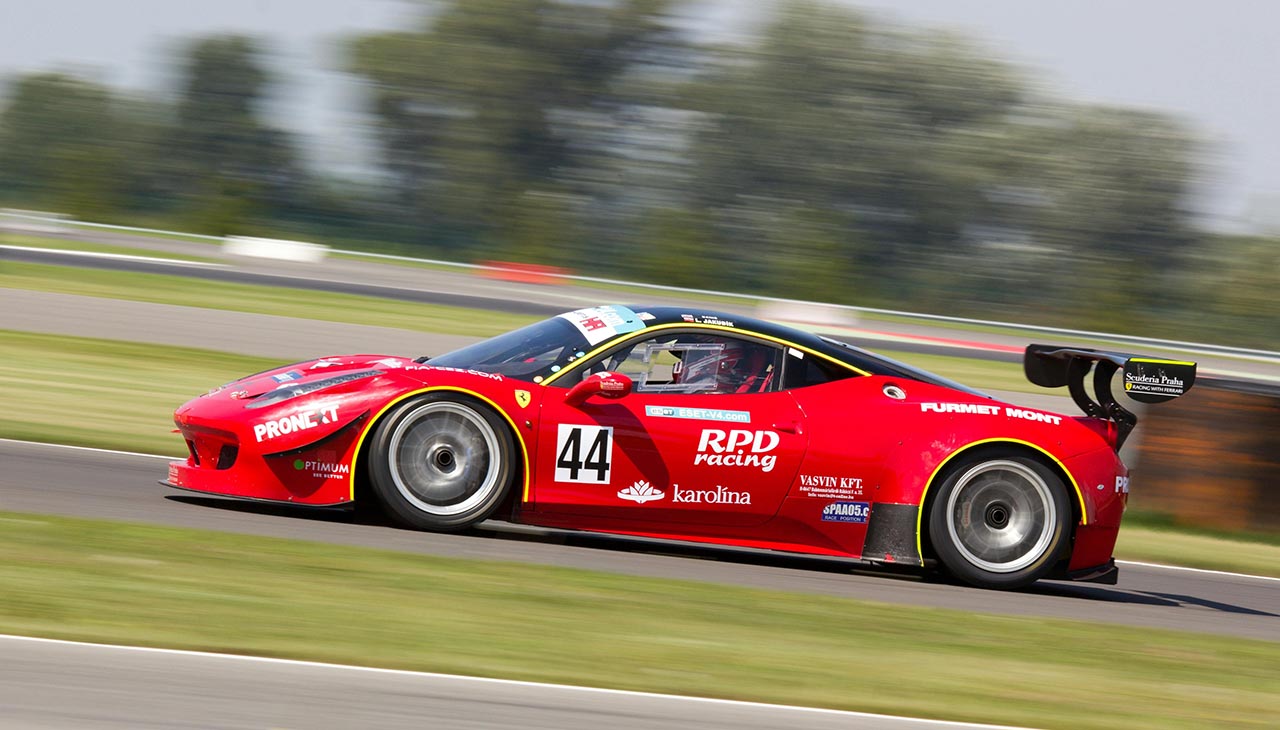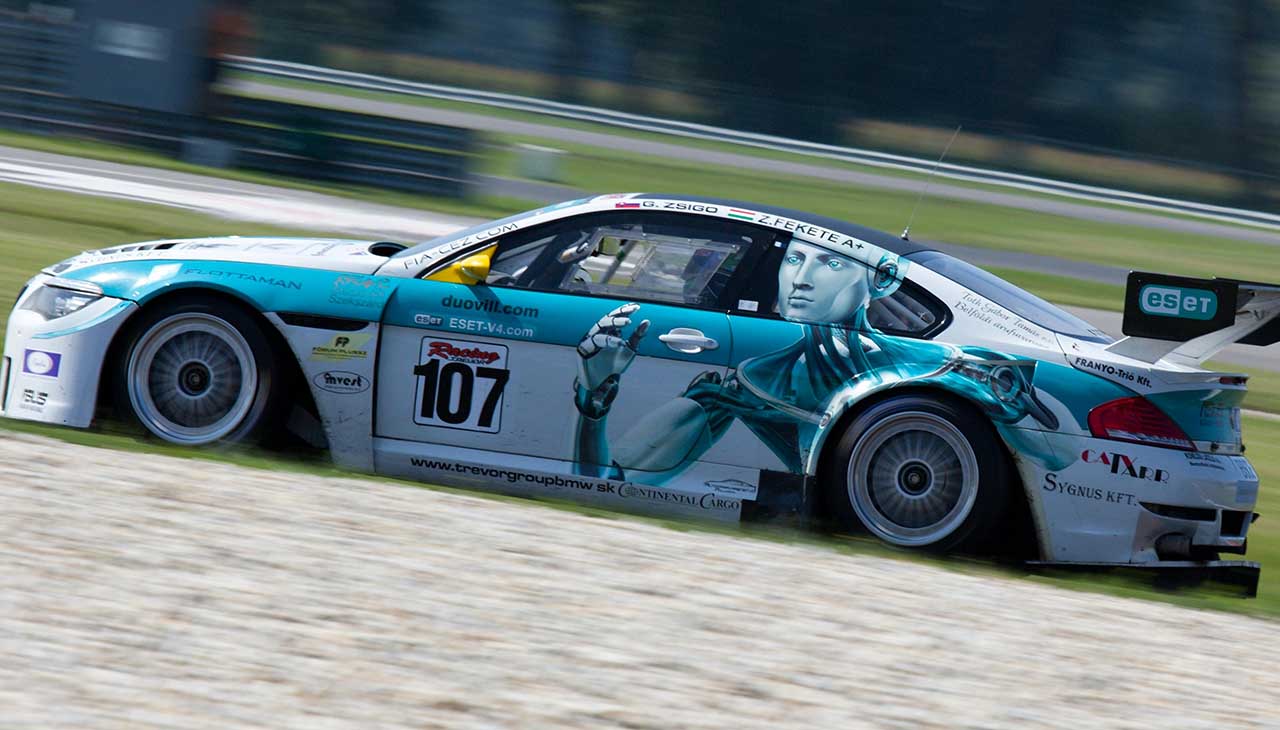Introduction
Once a curiosity, American race cars have turned into a full-blown cultural phenomenon. From the roaring engines of the early 1900s to today’s high-tech, eco-friendly machines, these vehicles are more than just cars—they symbolize innovation, competition, and raw power. This blog post takes you on a thrilling ride through the history of American race cars. Whether you’re an auto enthusiast, a history buff, or a motorsports fan, you’ll find something to fuel your passion.
Early Beginnings (1900s-1930s)
The Birth of American Motorsports
In the early 1900s, the automobile industry was still in its infancy. Yet, the desire for speed and competition quickly took hold. One of the first American race cars was the Ford Model T, tweaked and tuned for racing. These early races weren’t just about speed; they were a test of reliability and endurance. Events like the Indianapolis 500, established in 1911, highlighted the significance of race cars in American culture.
Technological Pioneers
The 1920s and 1930s saw rapid advancements in automotive technology. Automakers like Duesenberg and Stutz began producing specialized race cars that pushed the boundaries of speed and performance. Innovations such as aerodynamic designs and supercharged engines became game-changers in the racing world.
Impact on Society
These early race cars captivated public imagination. They were featured in newspapers, and successful drivers became local heroes. The allure of speed and the thrill of competition helped build a burgeoning fan base for motorsports, planting the seeds for future generations of racing enthusiasts.
The Golden Era (1940s-1960s)
Post-War Advancements
The period following World War II marked a golden era for American race cars. Technological advancements made during the war found their way into automotive design, leading to faster and more reliable vehicles. The Chevrolet Corvette, introduced in 1953, became an instant icon, embodying the spirit of American racing.
Iconic Races and Legendary Drivers
The 1940s through the 1960s were also notable for iconic races and legendary drivers. The Indianapolis 500 continued to be a marquee event, while new races like the Daytona 500 gained prominence. Drivers like Richard Petty, A.J. Foyt, and Carroll Shelby became household names, pushing the limits of what was possible on the track.
Cultural Impact
This period solidified motorsports as a significant part of American culture. Racing events became social gatherings, attracting fans from all walks of life. The excitement and glamour surrounding the sport helped it gain mainstream acceptance and a wider audience.
Innovation and Competition (1970s-1990s)
Technological Shifts
The 1970s to the 1990s were a time of rapid technological shifts in the world of race cars. Computers began to play a critical role in car design and performance analysis. Aerodynamics became a focal point, with cars like the Dodge Charger Daytona introducing innovative designs to reduce drag and improve speed.
Rise of NASCAR
NASCAR emerged as a dominant force during this period. Founded in 1948, it gained massive popularity in the ’70s and ’80s, becoming a staple of American motorsports. The introduction of televised races brought the thrill of NASCAR to millions of homes, further popularizing the sport.
International Influence
The latter part of the 20th century also saw increased international competition. American race cars had to adapt to compete with European and Japanese giants like Ferrari and Toyota. This global competition spurred further innovation, making American race cars more sophisticated and competitive.
Modern Times (2000s-Present)
The Tech Revolution
The 21st century has brought about a tech revolution in the world of race cars. Advanced materials like carbon fiber have made cars lighter and stronger. Hybrid and electric technologies are now being integrated, with cars like the Tesla Roadster showing that eco-friendly can also mean high-performance.
Notable Developments
Modern race cars are equipped with state-of-the-art telemetry systems that provide real-time data to drivers and pit crews. Autonomous technologies are also being tested, hinting at a future where AI could play a significant role in racing. Brands like Ford and Chevrolet continue to push the envelope, blending traditional power with cutting-edge technology.
The Future of American Race Cars
Looking ahead, the future of American race cars seems to be focused on sustainability and technological integration. Electric race cars are becoming more common, and there’s a growing emphasis on reducing the environmental impact of motorsports. However, the core essence of speed, competition, and innovation remains unchanged.
Conclusion
The evolution of American race cars is a testament to human ingenuity and the relentless pursuit of speed. From the humble beginnings of the early 1900s to the high-tech marvels of today, these vehicles have continually pushed the boundaries of what’s possible. They have not only shaped the world of motorsports but have also had a lasting impact on automotive technology as a whole.

